GREEN CHEMISTRY
Clean isn’t always clean.
It’s surprising how many household cleaners have harmful chemistry hidden behind their claims of cleanliness. Many people are unaware of the long-term risks that conventional cleaning products pose to both our health and the environment. In fact, 1 out of every 3 chemical cleaning products contains ingredients known to cause health or environmental issues. According to an EPA study, toxic chemicals in household cleaners are three times more likely to cause cancer than outdoor air.
At Ecologik, we are dedicated to improving our formulas and being transparent about the ingredients we use. We prioritize safety and effectiveness, ensuring that our products are free from harmful chemicals.
Explore our “Say Goodbye To” section below to discover the harmful ingredients we deliberately exclude from our products, learn about our commitment to healthy cleaning, and understand the meaning behind our claims.
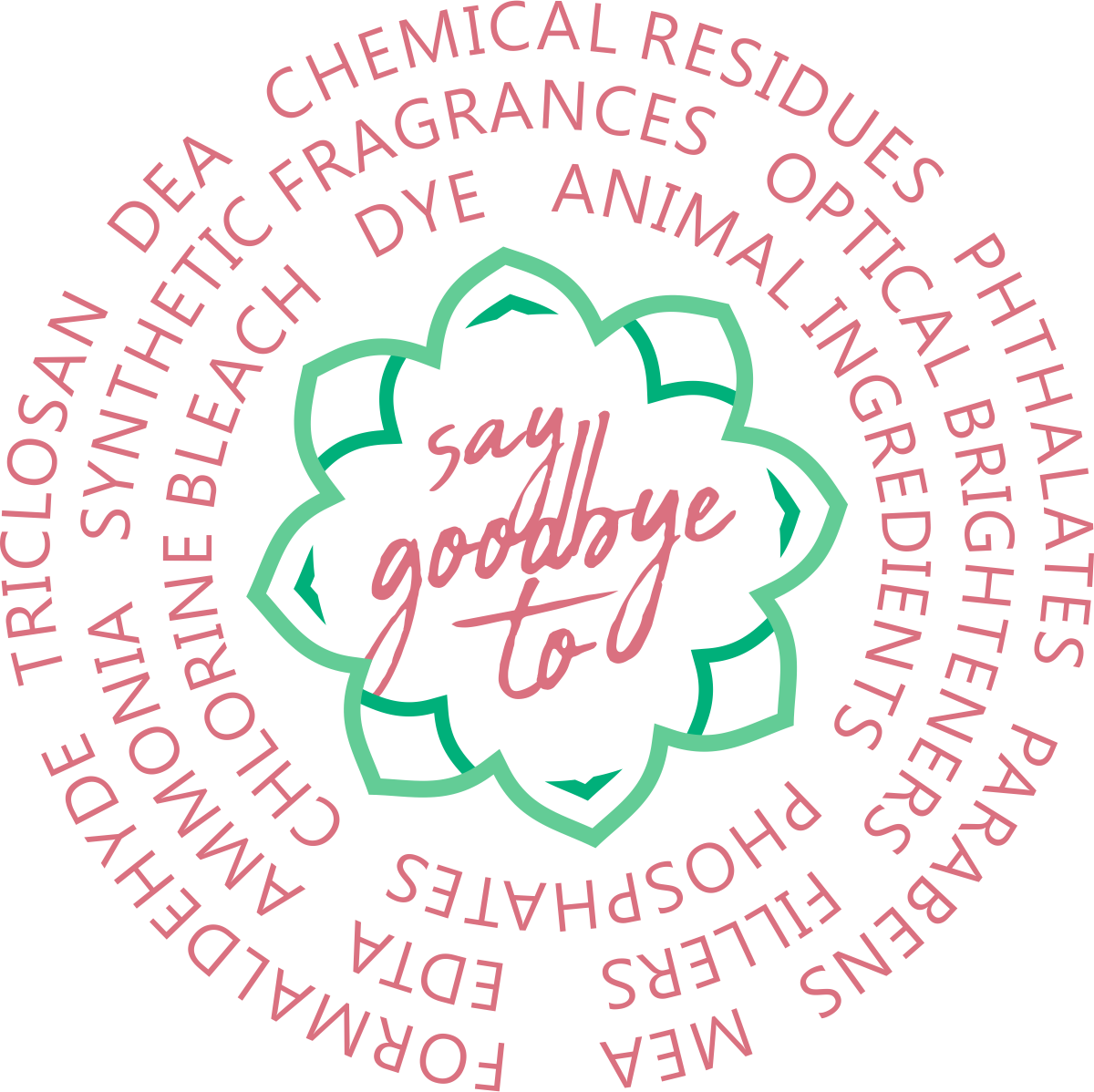
OUR BRAND CLAIMS
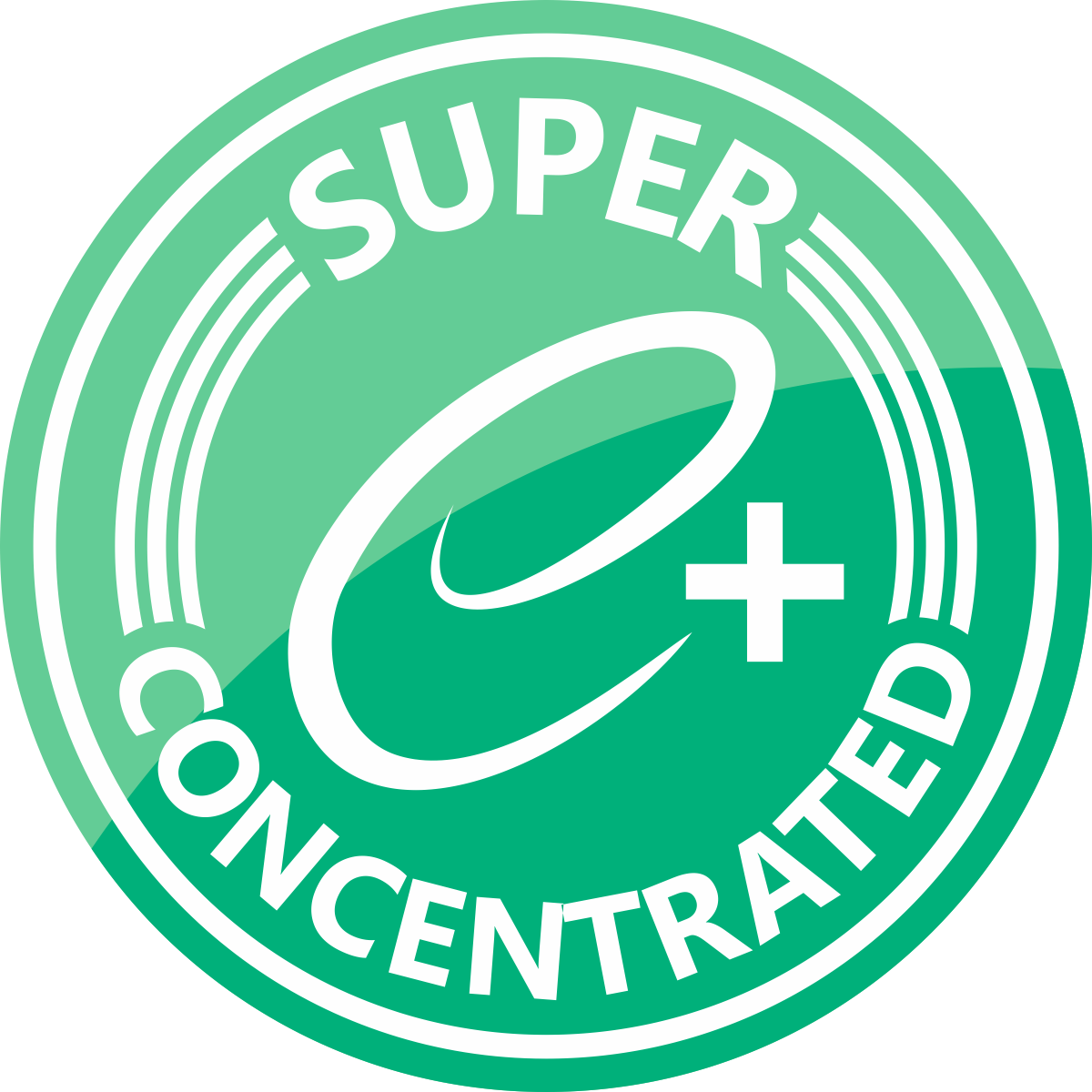
Super Concentrated
We concentrate our formulas so that instead of wasting time, energy, and money, packaging, and shipping mostly water, we provide our customers with more active ingredients than our competitors. We use several metrics for determining our relative concentrations, these include comparing the percentage of active ingredients, dosage recomm-endations, and measuring the total solids by refractive index.
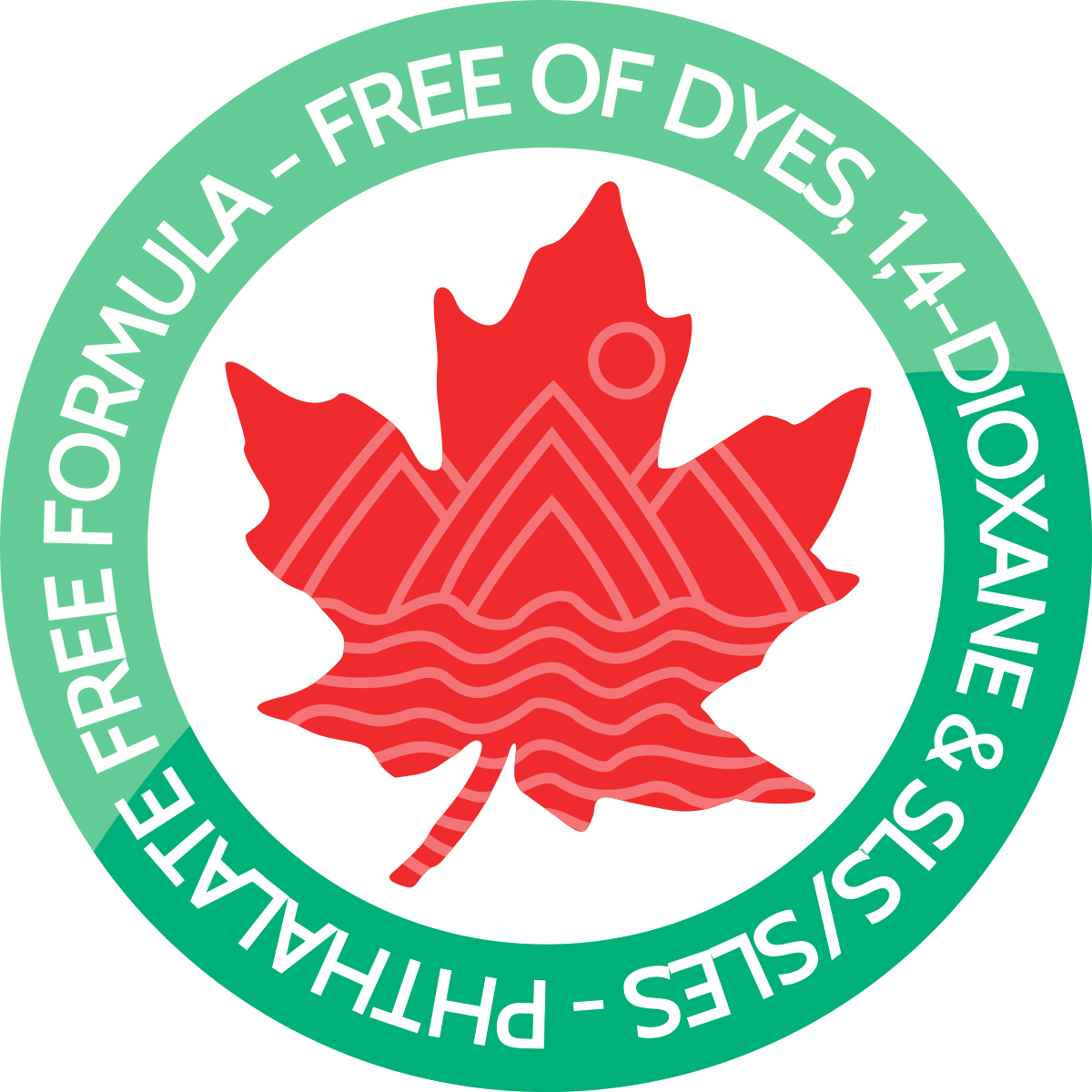
Making Canada Proud
We are making Canada proud by providing super concentrated, highly effective household cleaners that are free from ingredients such as phthalates, dyes, 1,4-dioxane and SLS/SLES. These ingredients are commonly found in many different household cleaning products. However, these ingredients are also known irritants and suspected carcinogens. In some cases, they have been linked to cancer and further increasing ADHD symptoms! You can trust that these chemicals are kept far away from any Ecologik products.
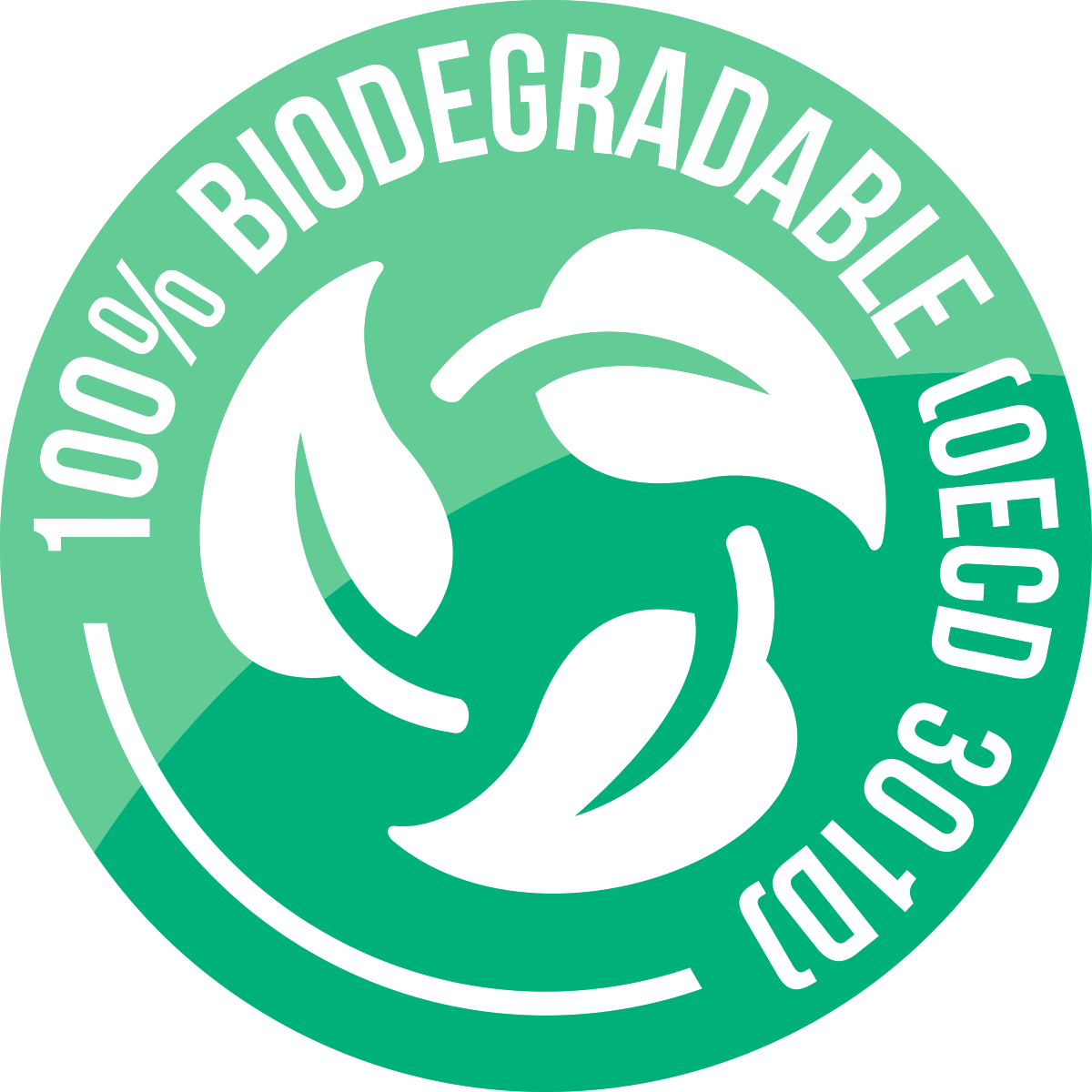
Biodegradeable (OECD 301D)
We perform internal testing on all of our finished products in accordance with the Organization for Economic Cooperation and Development (OECD) 301 D (closed bottle) method. The pass levels for biodegradability are removal of 70% dissolved organic carbon and 60% theoretical oxygen demand. These values must be reached within 28 days.

Full Disclosure
All of our products are made from naturally sourced-ingredients, derived from nature with minimal synthetics.We tabulate the % natural and naturally derived for each product based on the ingredients in our formulas. Natural ingredients will inevitably degrade or rot over time and therefore have synthetic components added to extend their shelf life. Be assured that we only use synthetic ingredients when there is no natural alternative and we always take care to select the safest ingredients available. We continually review our formulas, scientific literature, and new ingredients to ensure that we are providing our customers with the safest and most natural chemistry the market can supply.

Hypo-Allergenic
Common sensitizers found in cleaning products are dyes, fragrances, and solvents. Ingredients considered sensitizers (substances that will lead to an allergic response following skin contact) are either not present or present at less than 0.1% of the mixture (adapted from the WHMIS 2015/GHS determination of sensitizers). This means our product is relatively unlikely to cause an allergic reaction. We cannot say with certainty that our products will not cause any allergic reaction or irritation in any person. A small percentage of individuals may have still have an allergic reaction or experience irritation after exposure to certain ingredients or products. Especially sensitive people should consult with their doctor to choose products that are best for them.
– International Society of Indoor Air Quality & Climate
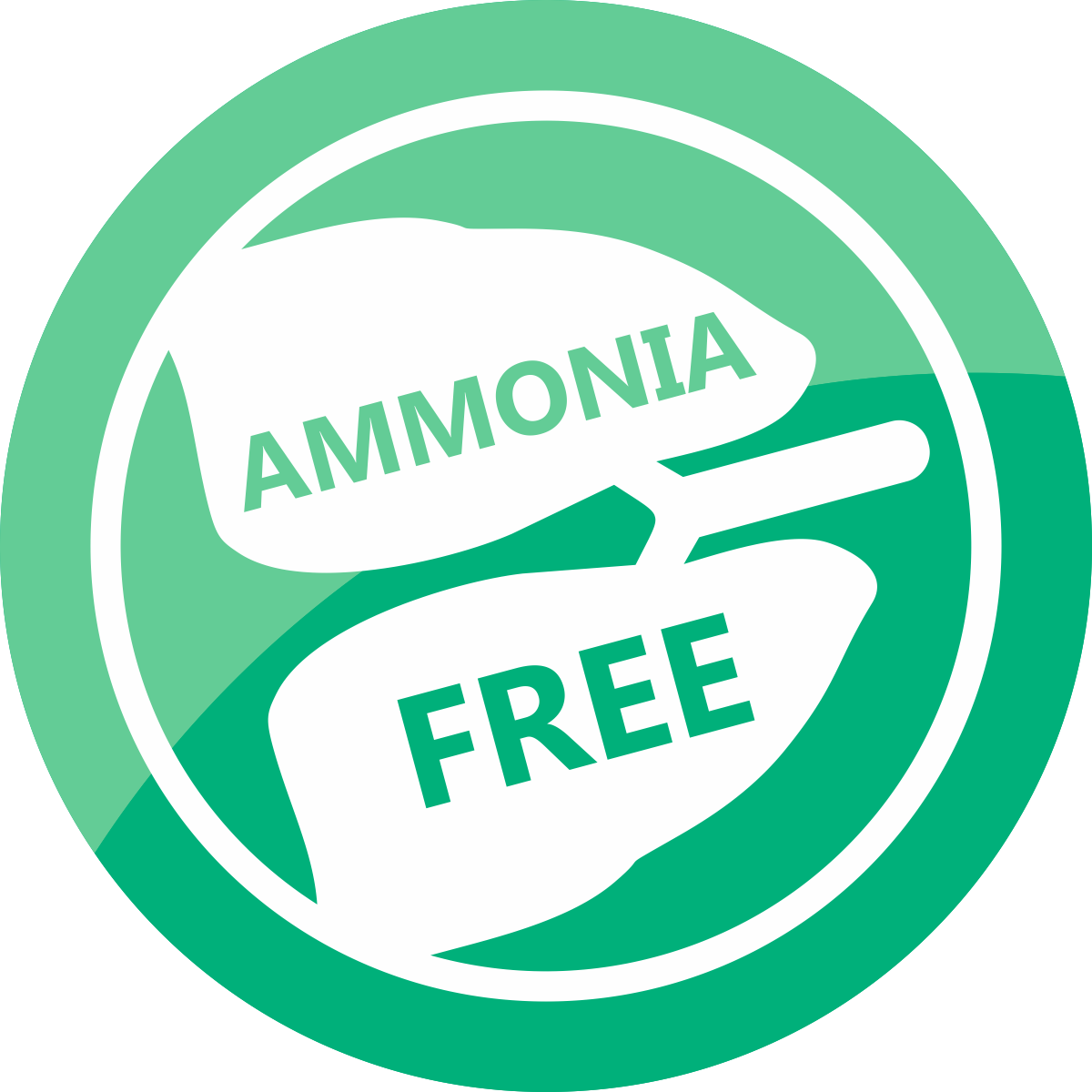
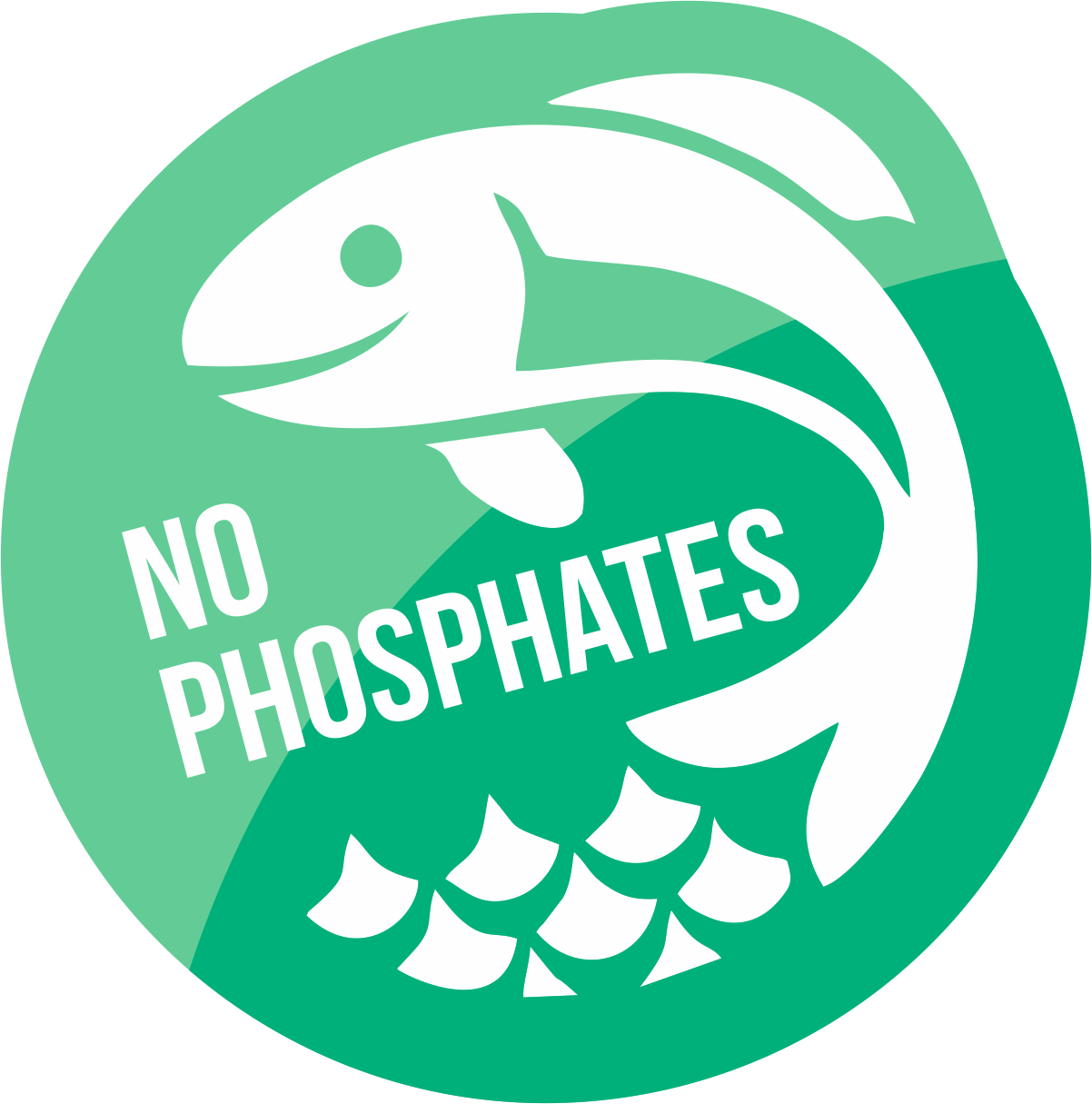
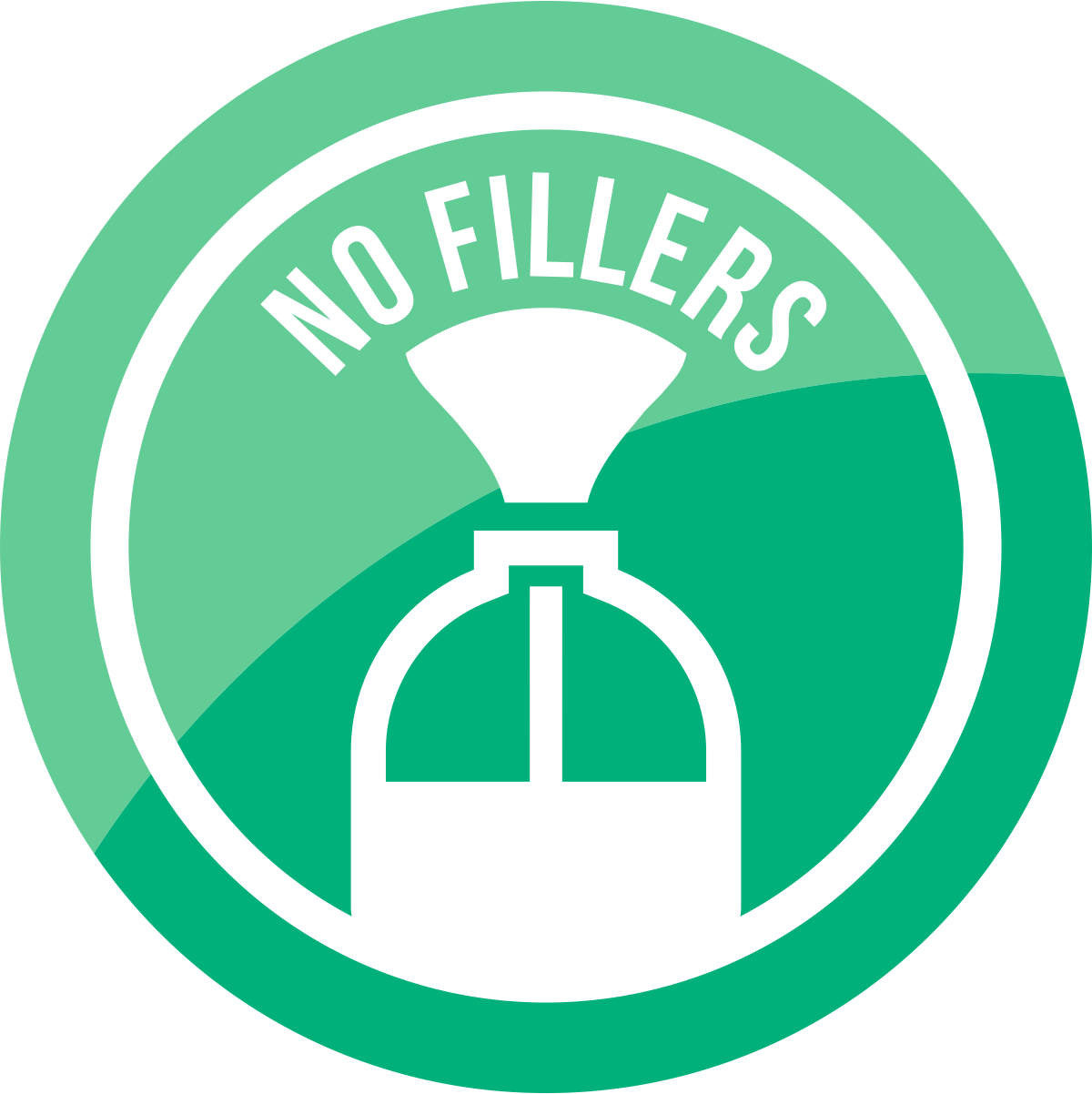
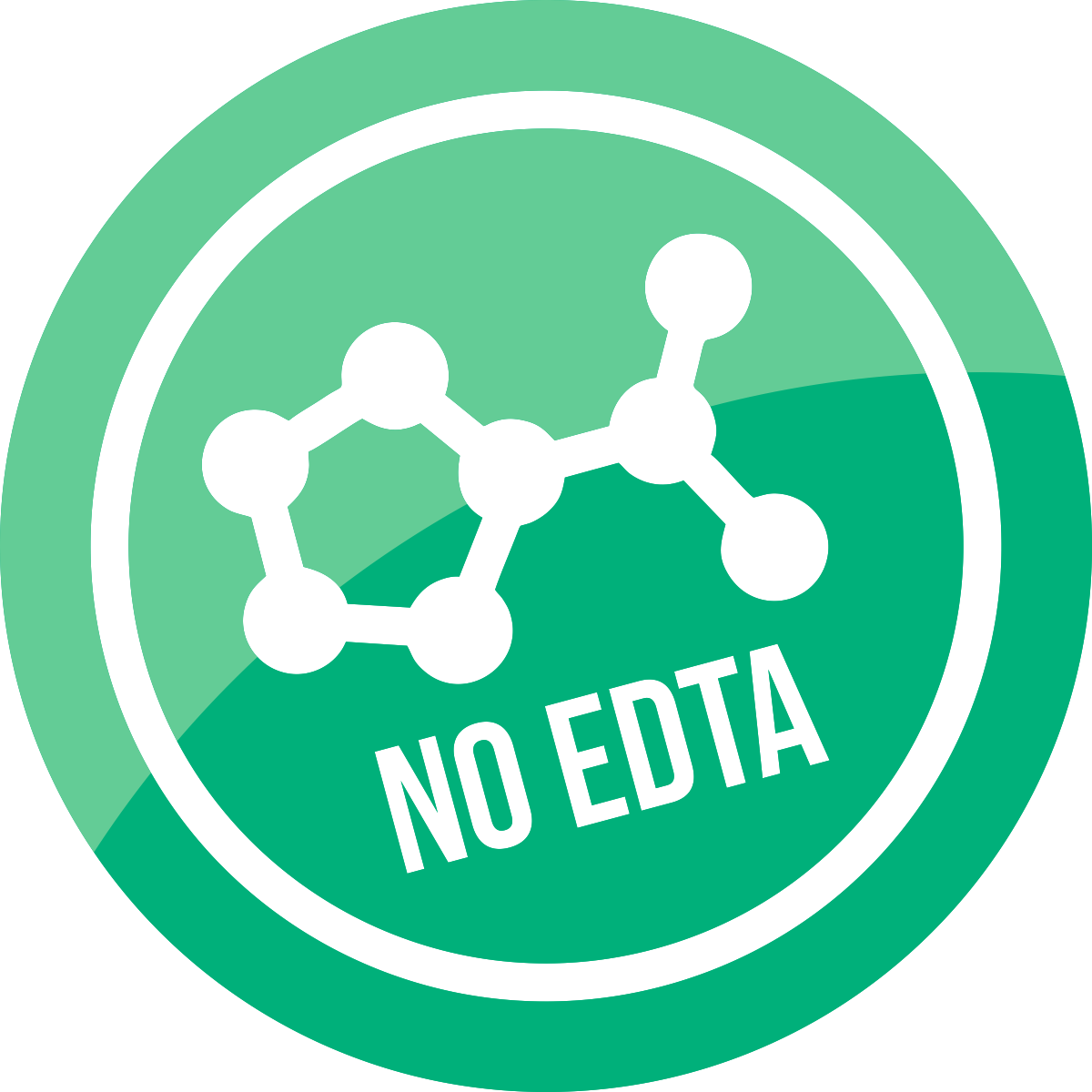
– U.S. Consumer Product Safety Commission, 2007

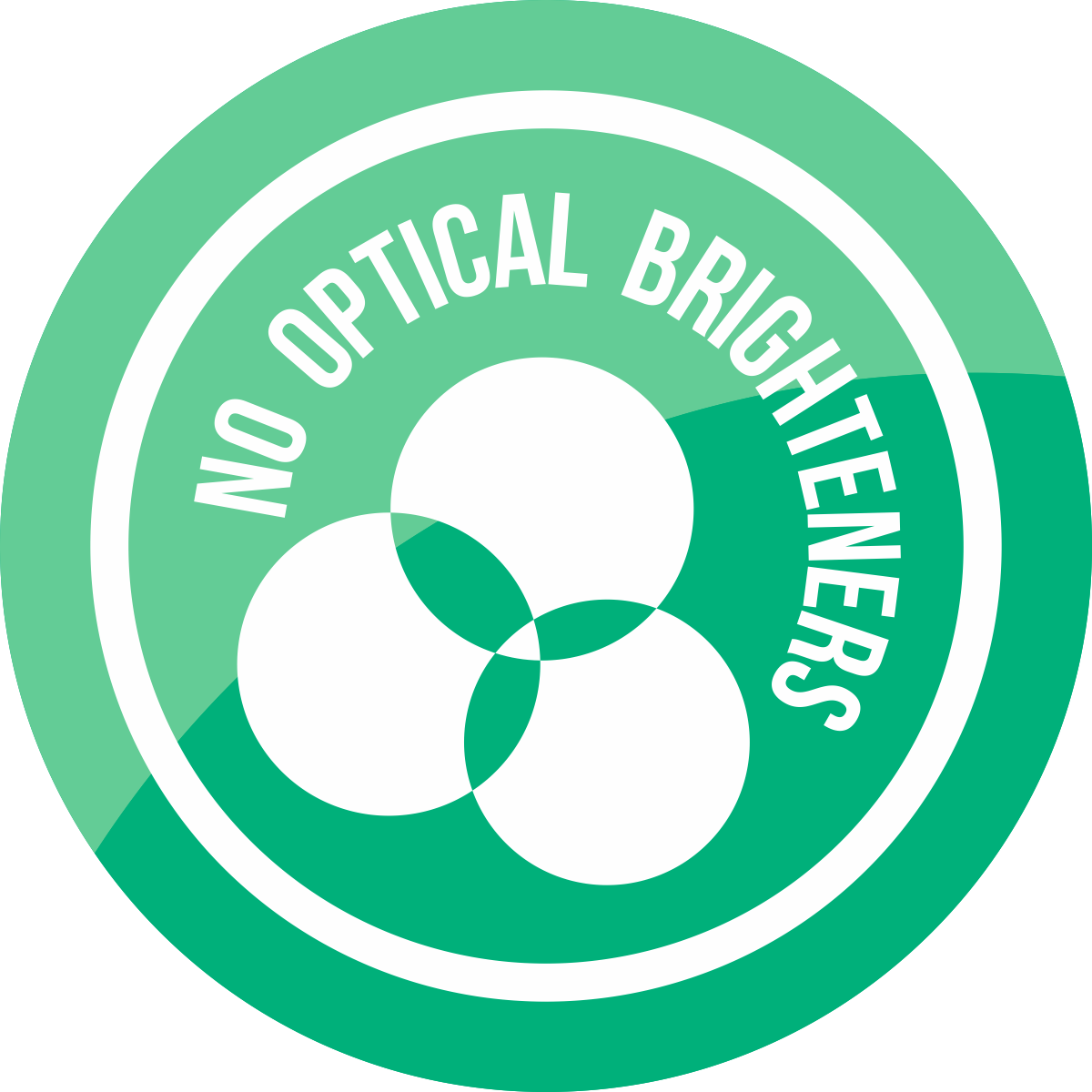
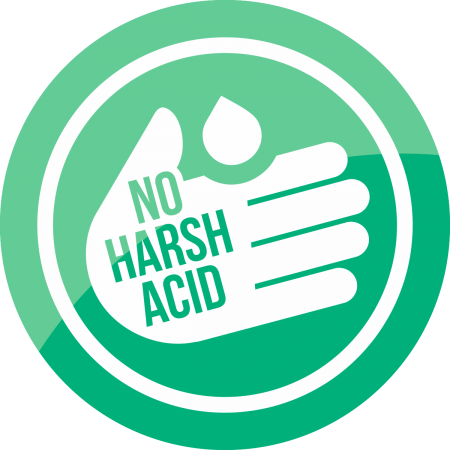

– U.S. Environmental Protection Agency
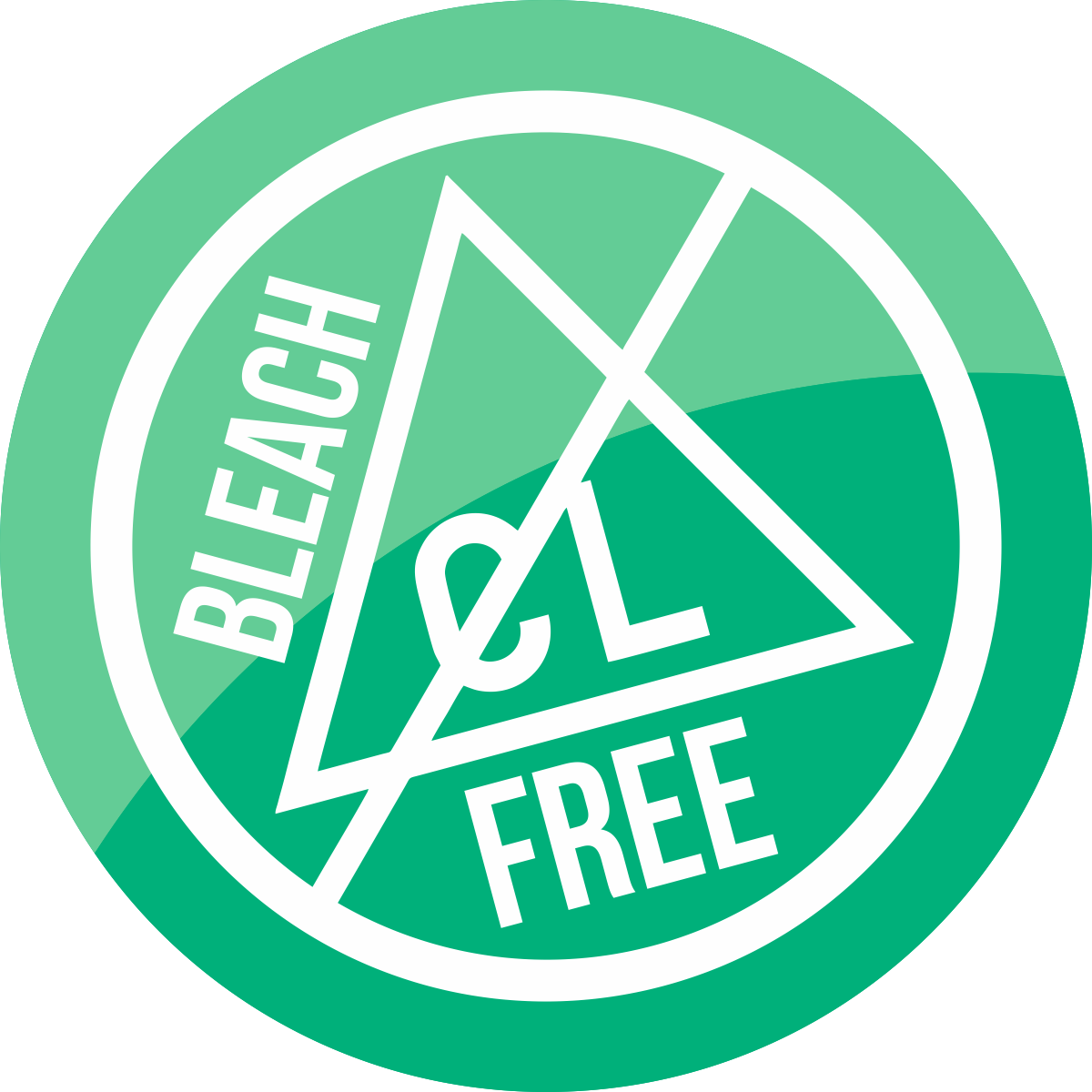
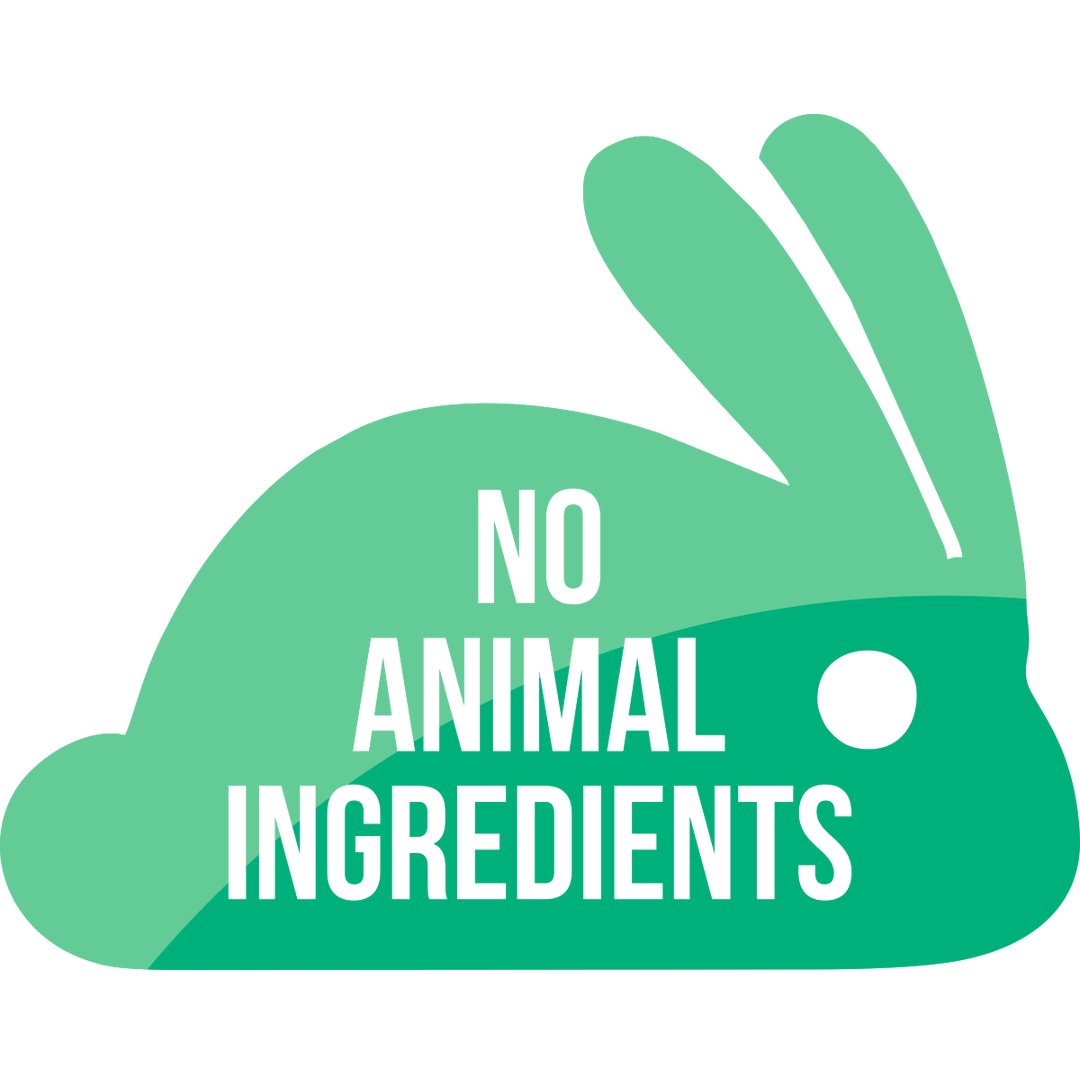
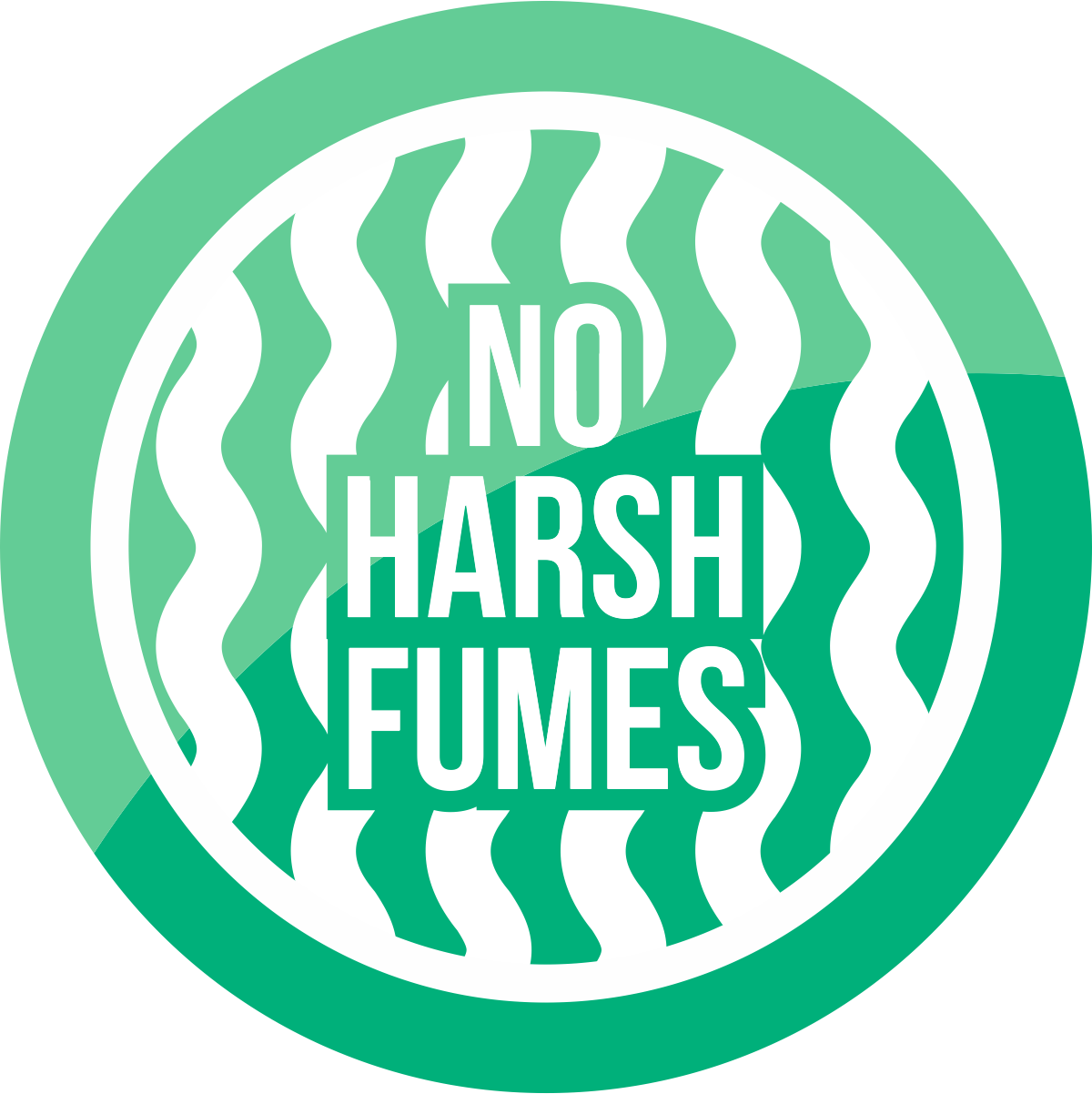
It is well known that cleaning product fumes can trigger asthma attacks in persons previously diagnosed with asthma. In addition to that, there is evidence that frequent use of many ordinary cleaning supplies at home or on the job is linked with the development of asthma and other respiratory problems in otherwise healthy individuals. Ingredients considered respiratory sensitizers (substances that will lead to hypersensitivity of the airways following inhalation of the substance) are either not present or present at less than 0.1% of the mixture. This means our product is relatively unlikely to cause a respiratory reaction. A small percentage of individuals may have still have a reaction or experience irritation after exposure to certain ingredients or products. Especially sensitive people should consult with their doctor to choose products that are best for them.
